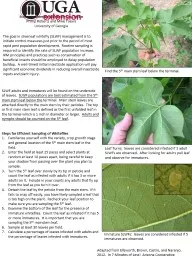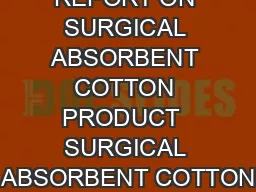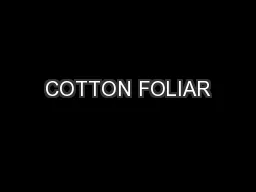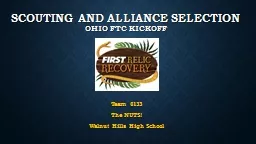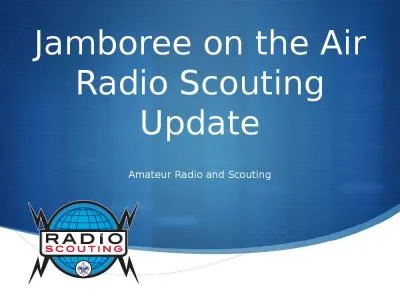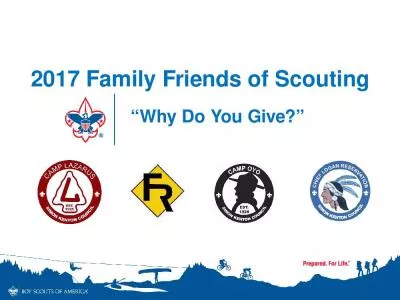PPT-Scouting Silverleaf Whiteflies in Cotton
Author : lois-ondreau | Published Date : 2017-12-17
Phillip Roberts and Mike Toews University of Georgia The goal in silverleaf whitefly SLWF management is to initiate control measures just prior to the period of
Presentation Embed Code
Download Presentation
Download Presentation The PPT/PDF document "Scouting Silverleaf Whiteflies in Cotton" is the property of its rightful owner. Permission is granted to download and print the materials on this website for personal, non-commercial use only, and to display it on your personal computer provided you do not modify the materials and that you retain all copyright notices contained in the materials. By downloading content from our website, you accept the terms of this agreement.
Scouting Silverleaf Whiteflies in Cotton: Transcript
Download Rules Of Document
"Scouting Silverleaf Whiteflies in Cotton"The content belongs to its owner. You may download and print it for personal use, without modification, and keep all copyright notices. By downloading, you agree to these terms.
Related Documents

